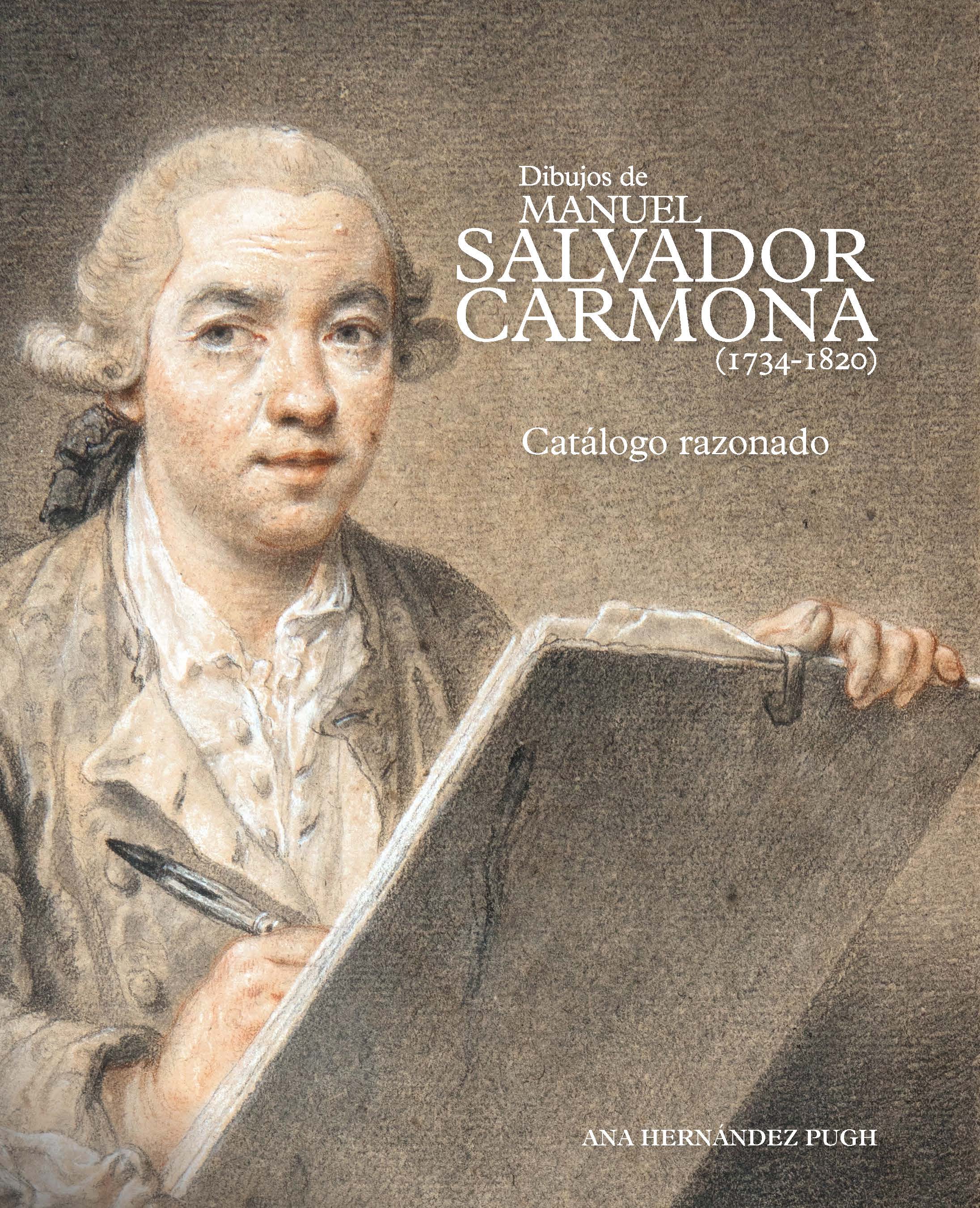Author
Ana Hernández Pugh
Characteristics
672 pages; 499 color illustrations; hardcover with chrome; 22 x 27,5 cm
Publication
Spanish; preface by José Manuel Matilla; jointly published by CEEH, Biblioteca Nacional de España and Museo Nacional del Prado; 2023
ISBN
978-84-18760-15-0
Price
€57,70
Buy on our site and save 5% on this book until April 30
(coupon code: DÍA DEL LIBRO)
Manuel Salvador Carmona (1734–1820) was the most outstanding printmaker of Enlightenment Spain. From the time of his formative period in Paris as the first recipient of a travel grant from the San Fernando Royal Academy of Fine Arts to study intaglio printmaking in the field of portraiture and history, his commitment to this art was exemplary. In Paris he trained under Nicolas-Gabriel Dupuis (1698–1771) and was the first Spaniard to be appointed as engraver to the King of France. He was said to have always had ‘either a pen or burin in his hand’ and devoted his long life to art – as director of engraving at the San Fernando Royal Academy, as engraver to the king, and as a teacher to his pupils and relatives.
It is precisely his aspect as a draughtsman – practically unknown until now – that is studied in detail here, with the aid of 499 images. A meticulous artist, he preserved a large portion of his works, and this catalogue raisonné brings together almost 300 drawings and counterproofs, both preparatory to printmaking and executed from life. Particularly valuable examples are the portraits – many of them hitherto unpublished – he made of his closest relatives using the ‘three-chalk’ technique (black, red and white), of which the foremost practitioner in early eighteenth-century Paris was Jean-Antoine Watteau (1684–1721), whose works were used by Salvador Carmona to perfect his skills. This catalogue raisonné also marks significant progress in the study of drawing and printmaking in Spain, as it is the first systematic compilation of the corpus of a printmaker’s drawings and furthermore examines them from a technical perspective as part of the creative process of the prints for which they provided a starting point, analysing with precision the different procedures and papers used, as well as their types and historical context.
Ana Hernández Pugh earned a degree in History and Art History from the Universidad CEU San Pablo in Madrid, where she received the special final-year award. She also holds a master’s degree in Higher Studies in Museums and Art Historical Heritage from the Universidad Complutense in Madrid and a diploma in Applied Arts in Photography from the International College of Professional Photography in Melbourne. With the aid of various scholarships, she furthered her training at the Biblioteca Nacional de España and the Museo Nacional del Prado. She collaborated as a researcher on the exhibition El maestro de papel. Cartillas para aprender a dibujar de los siglos XVII al XIX (The Master of Paper. Drawing Books from the 17th to the 19th Centuries, 2019) and, together with José Manuel Matilla, is curator of the show Del lapicero al buril. El dibujo para grabar en la época de Goya (From Pencil to Burin. Drawings for Printmaking in Goya’s Day, 2023), both at the Prado.

